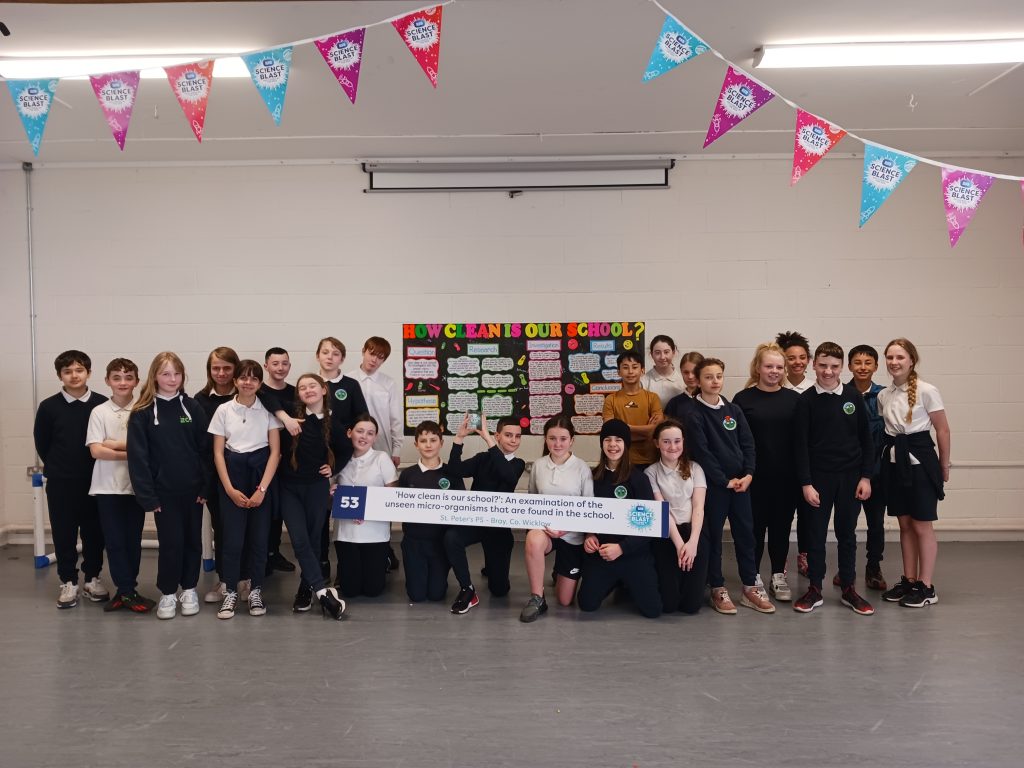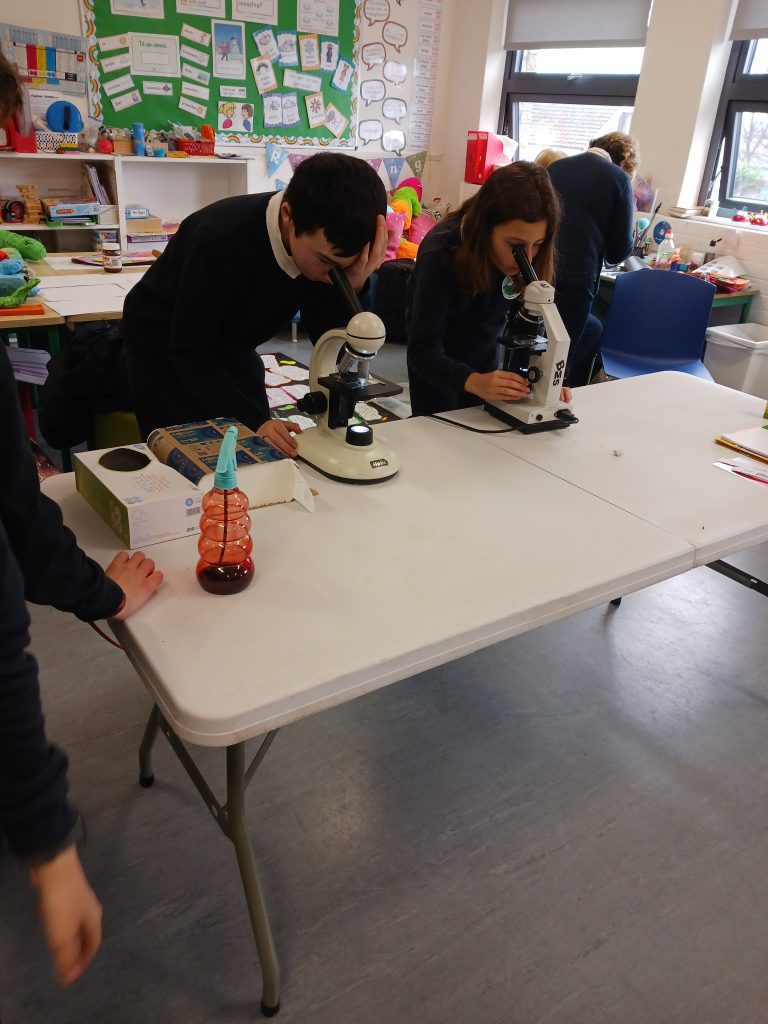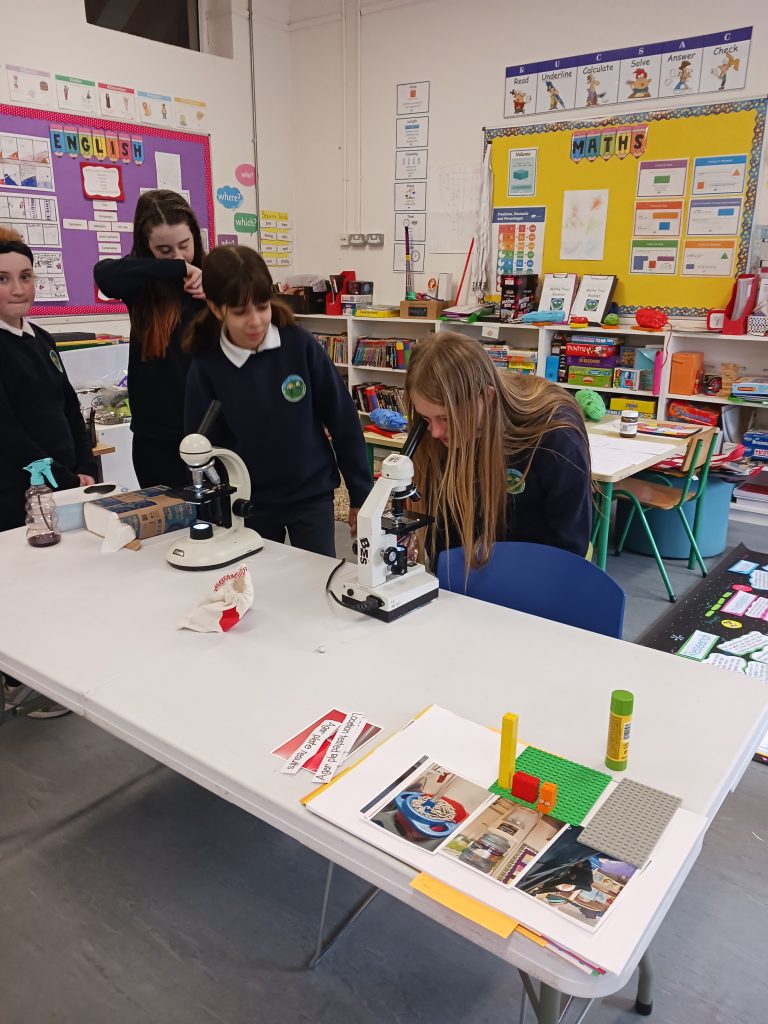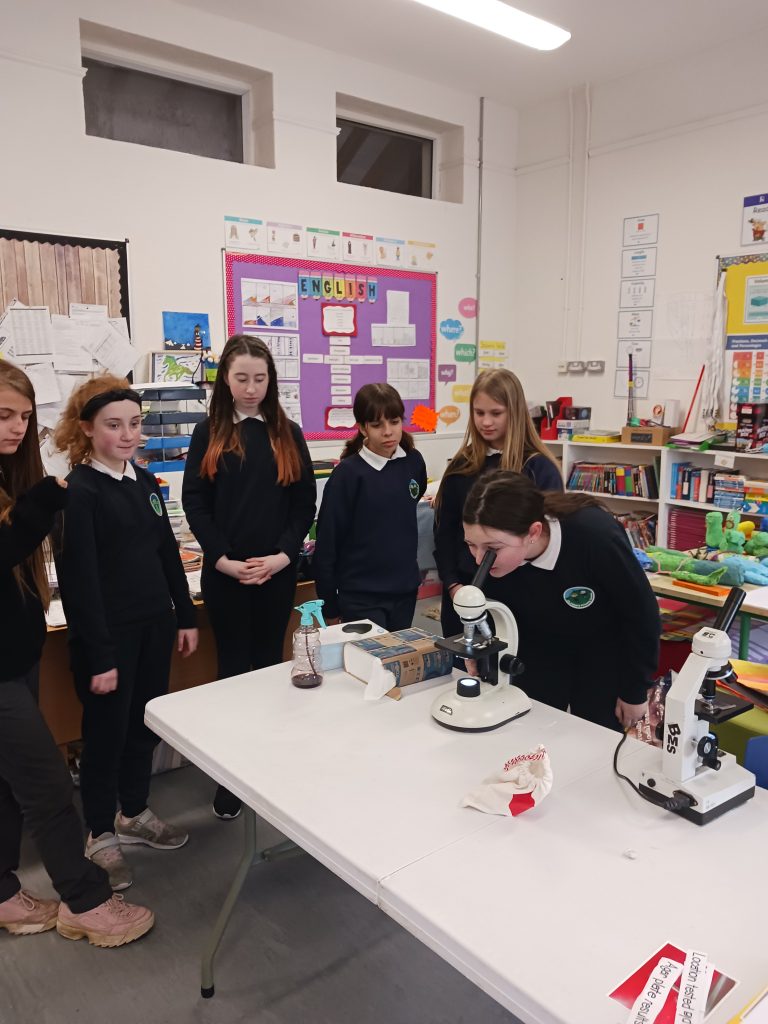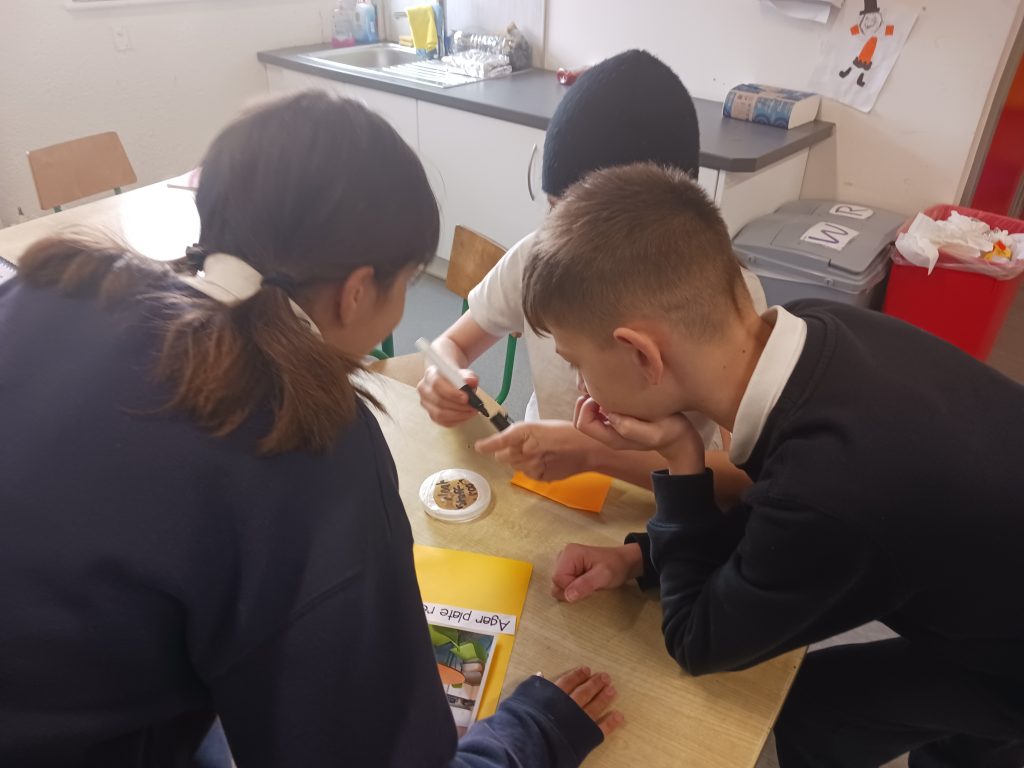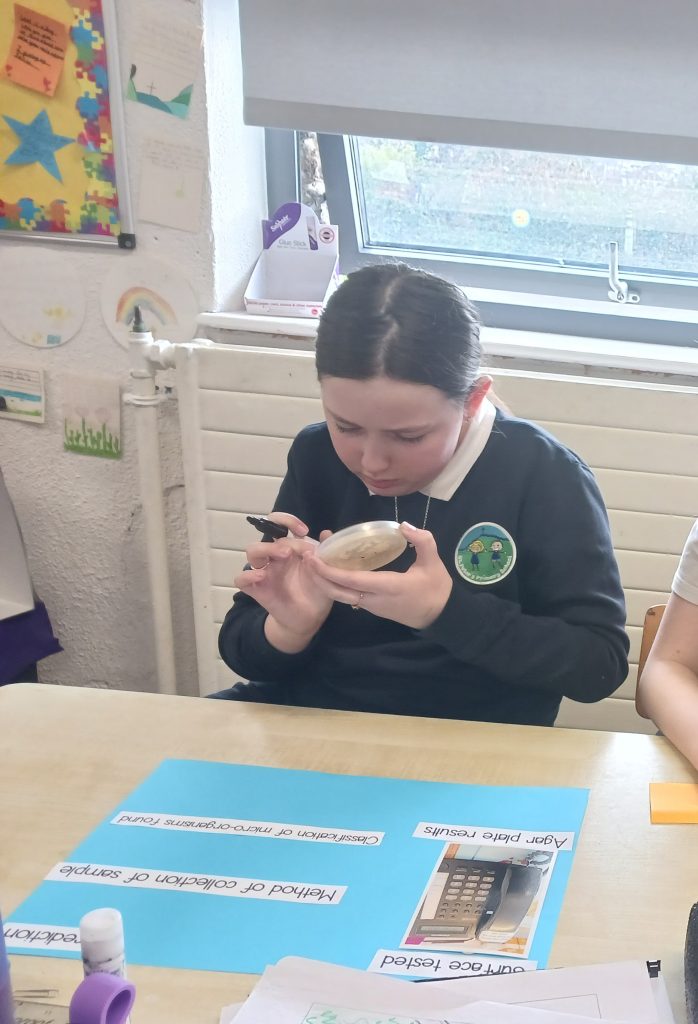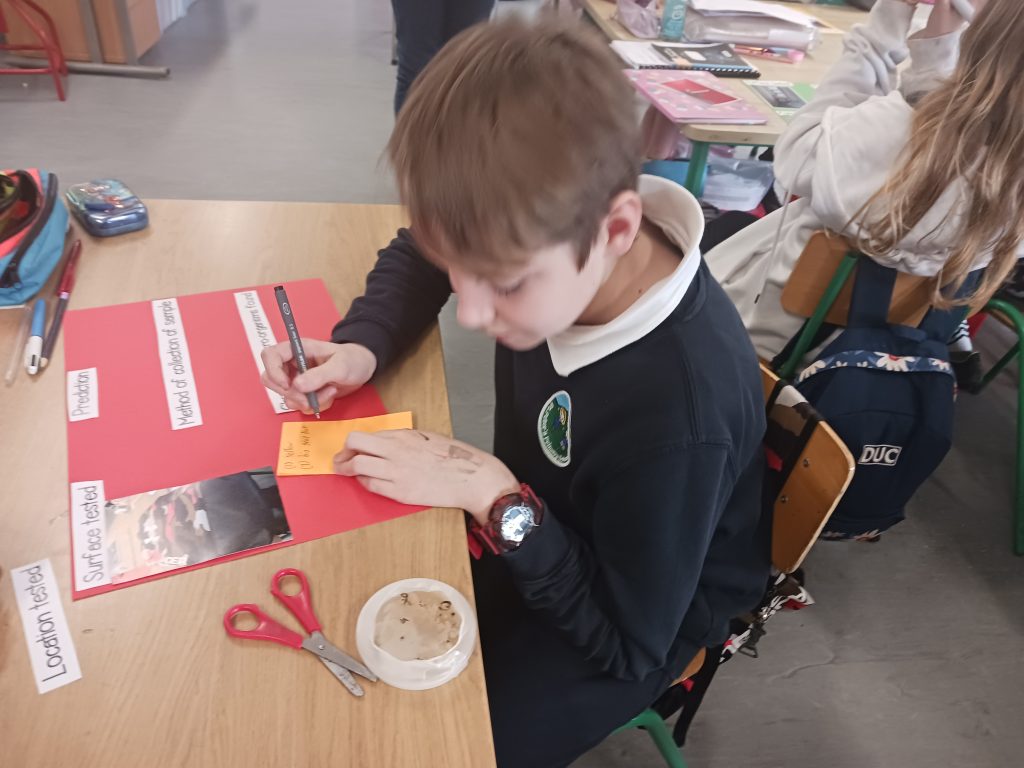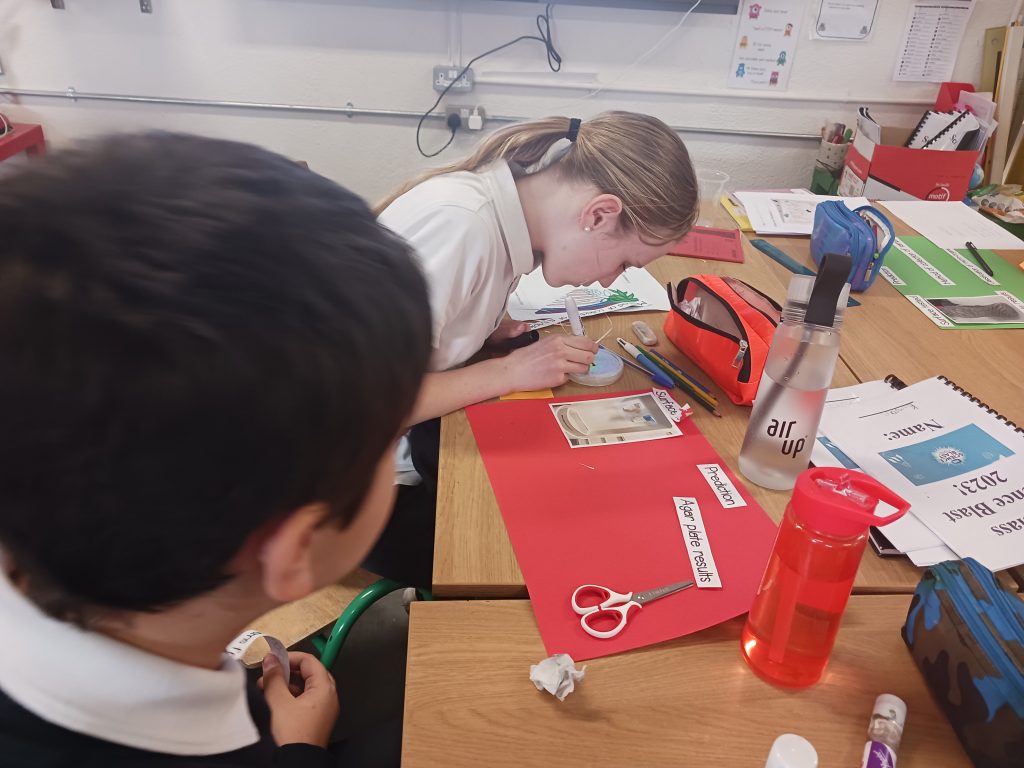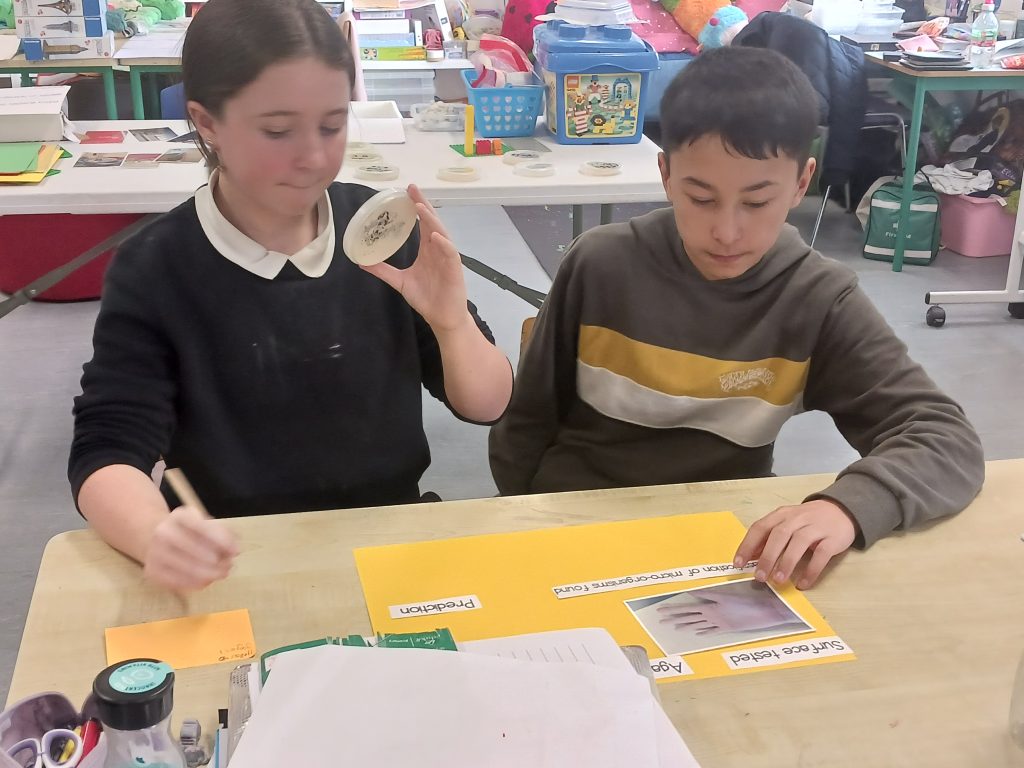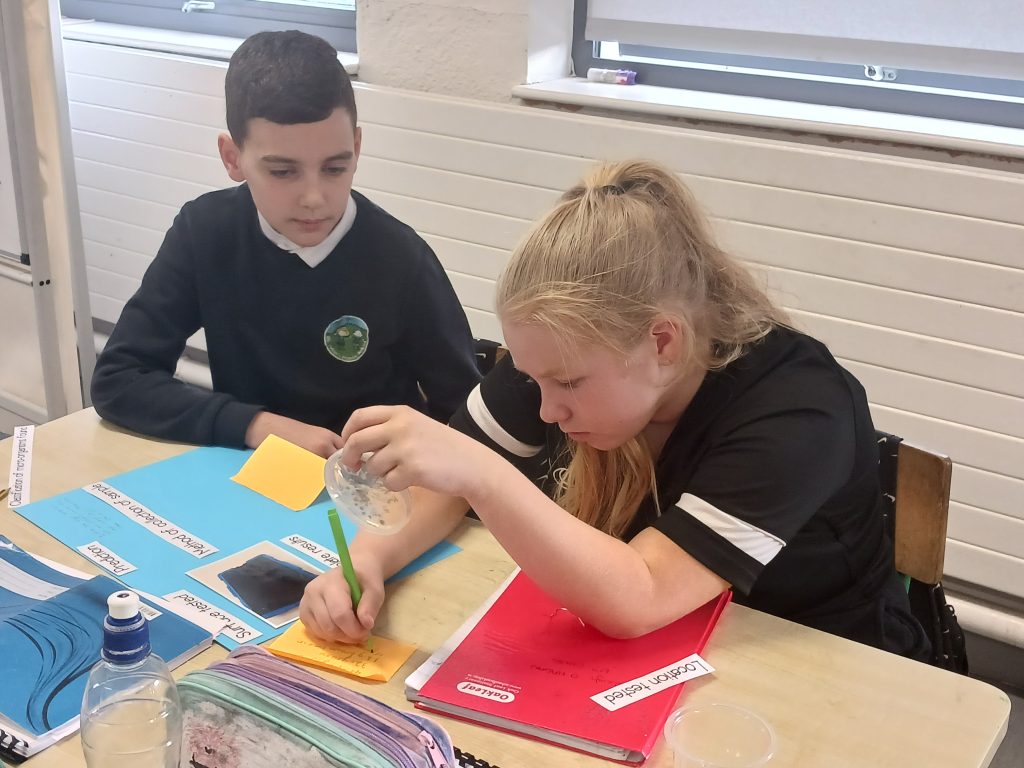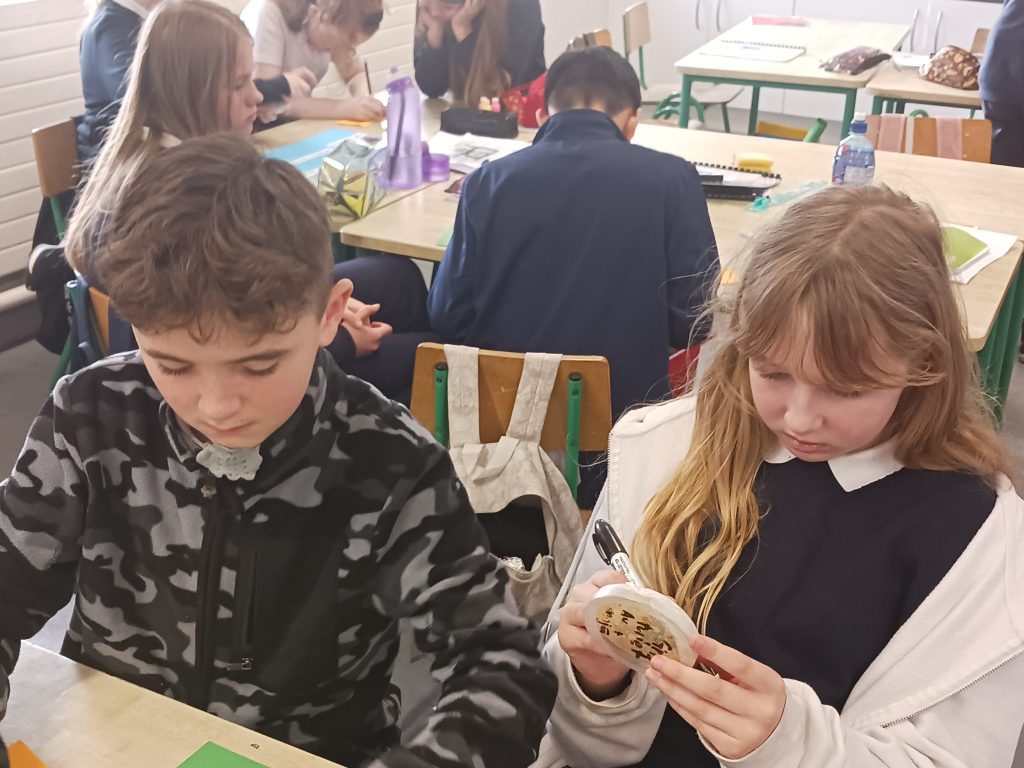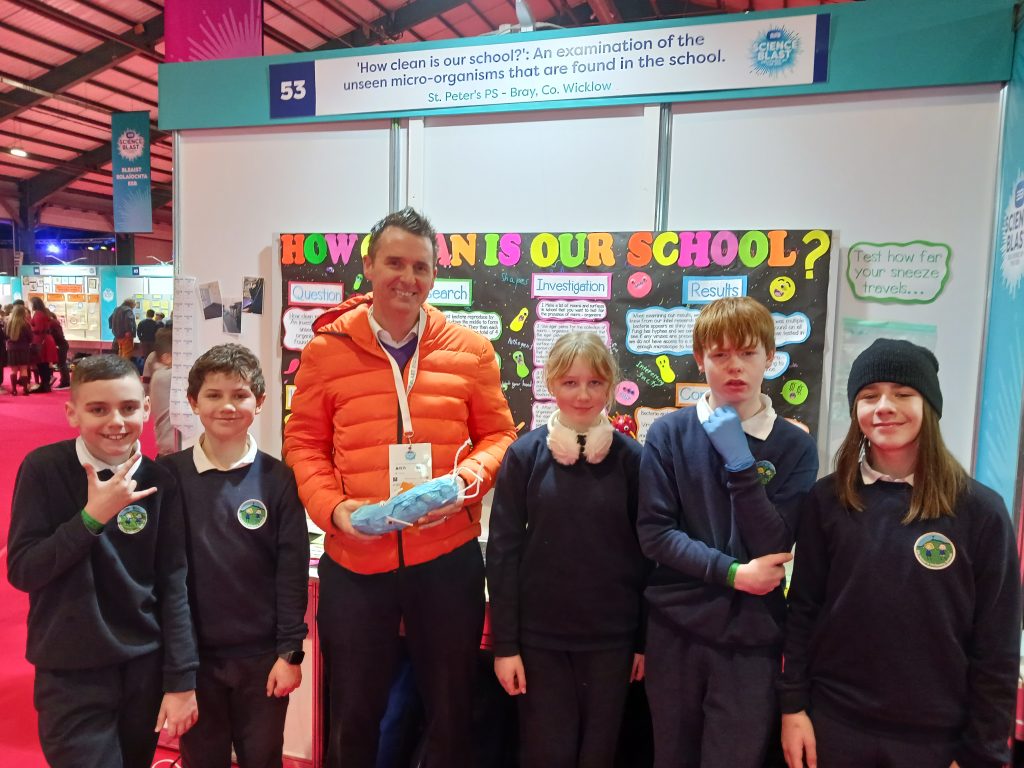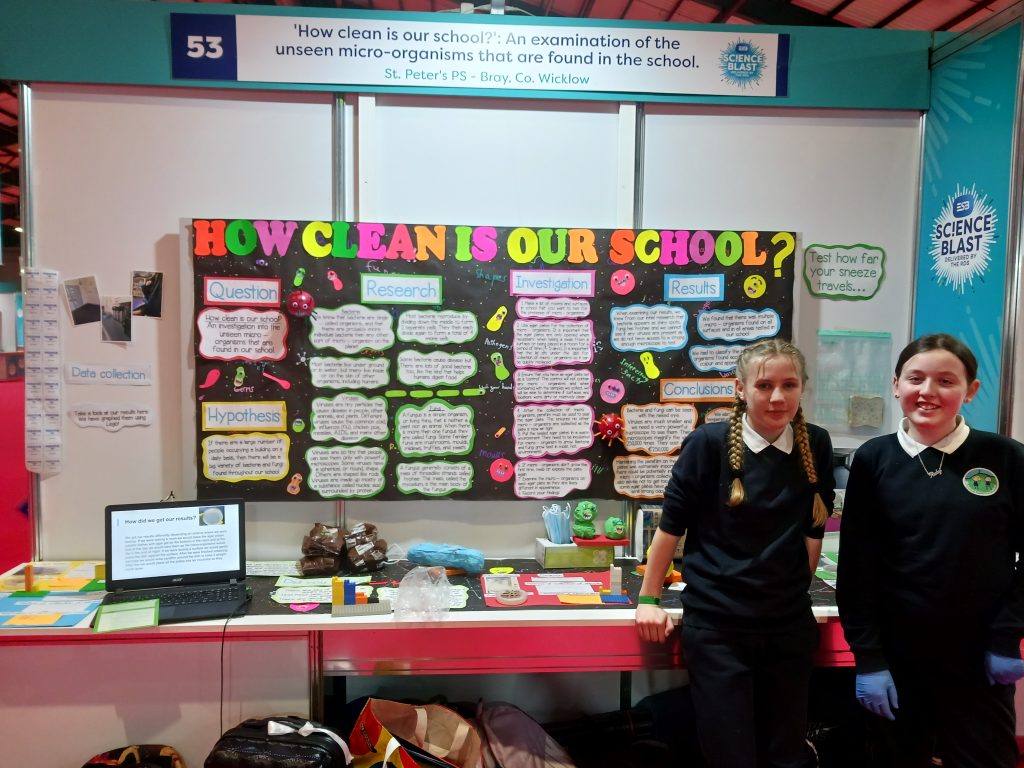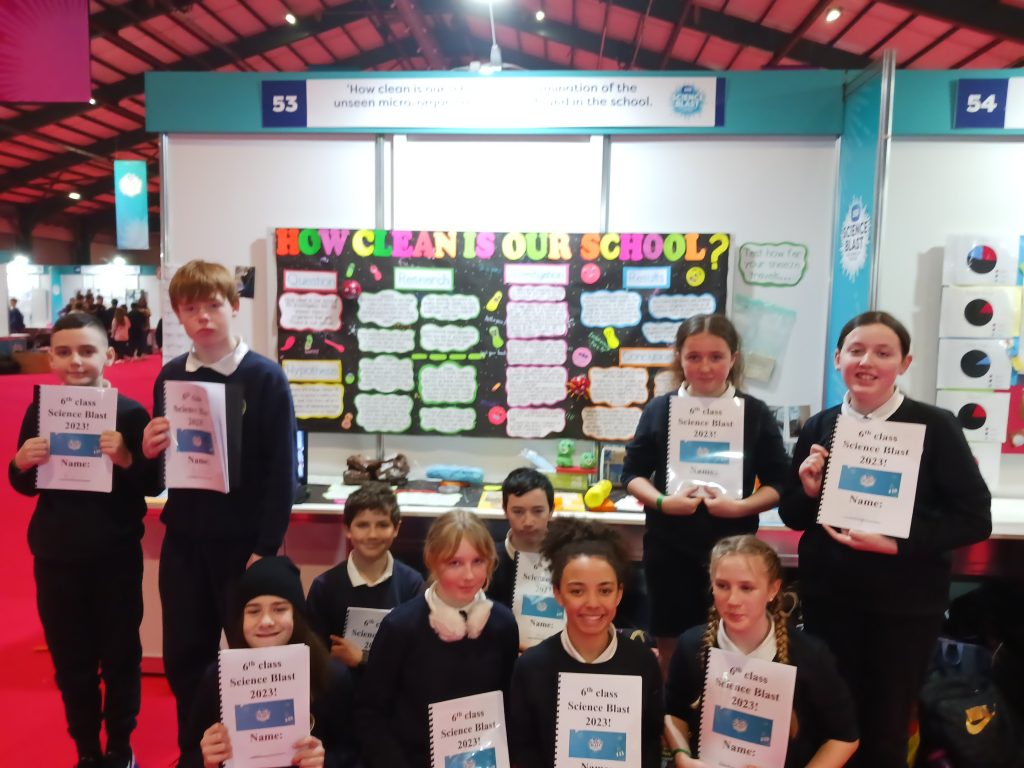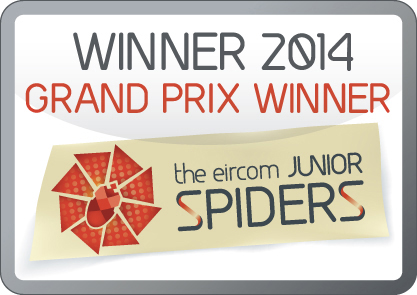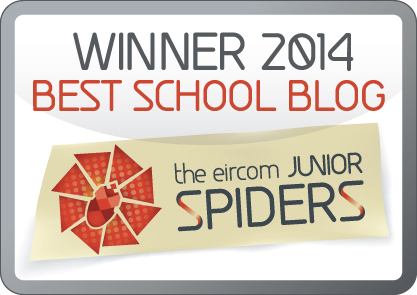This year 6th class took part in the ESB Science Blast and asked the question: ‘How clean is our school? An investigation into the unseen micro- organisms that are found in our school’.

We thought this was an interesting question and that we might find some very surprising results! Take a look below at our investigation…
We started examining this question by researching and learning about bacteria, fungi and viruses.
Bacteria:
We know that bacteria are single – celled organisms, and that there are probably more individual bacteria than any other sort of micro – organism on the planet. Most bacteria live under ground or in water, but many live inside or on the skin of other organisms, including humans. Most bacteria reproduce by dividing down the middle to form 2 separate cells. They then each divide again to form a total of 4 more cells. Some bacteria cause disease but there are lots of good bacteria too, like the kind that helps humans digest food.
Fungi:
A fungus is a simple organism, or living thing, that is neither a plant nor an animal. When there is more than one fungus they are called fungi. Some familiar fungi are mushrooms, moulds, mildews, truffles, and yeasts. Fungi grow particularly well in mild, moist regions and in the tropics. A fungus grows by feeding on other organisms. Most fungi feed on dead plant and animal material. These fungi are called saprophytes. Other fungi get their food from living plants and animals. These fungi are called parasites. A fungus generally consists of a mass of threadlike strands called hyphae.
Viruses:
Viruses are tiny particles that cause disease in people, animals, and plants. Different viruses cause the common cold, influenza (flu), chicken pox, measles, AIDS, and many other diseases. Viruses are so tiny that people can see them only with powerful microscopes. Some viruses have a spherical, or round, shape. Others are shaped like rods. Viruses are made up mostly of a substance called nucleic acid surrounded by protein. On its own, a virus is lifeless. However, it becomes active when it infects, or enters, a cell of an animal or a plant. Once inside a cell, a virus can reproduce itself, like living things can. Doctors use vaccines to prevent many diseases caused by viruses. Vaccines are substances made from dead or weakened viruses. They prepare the immune system to fight off active forms of these viruses.
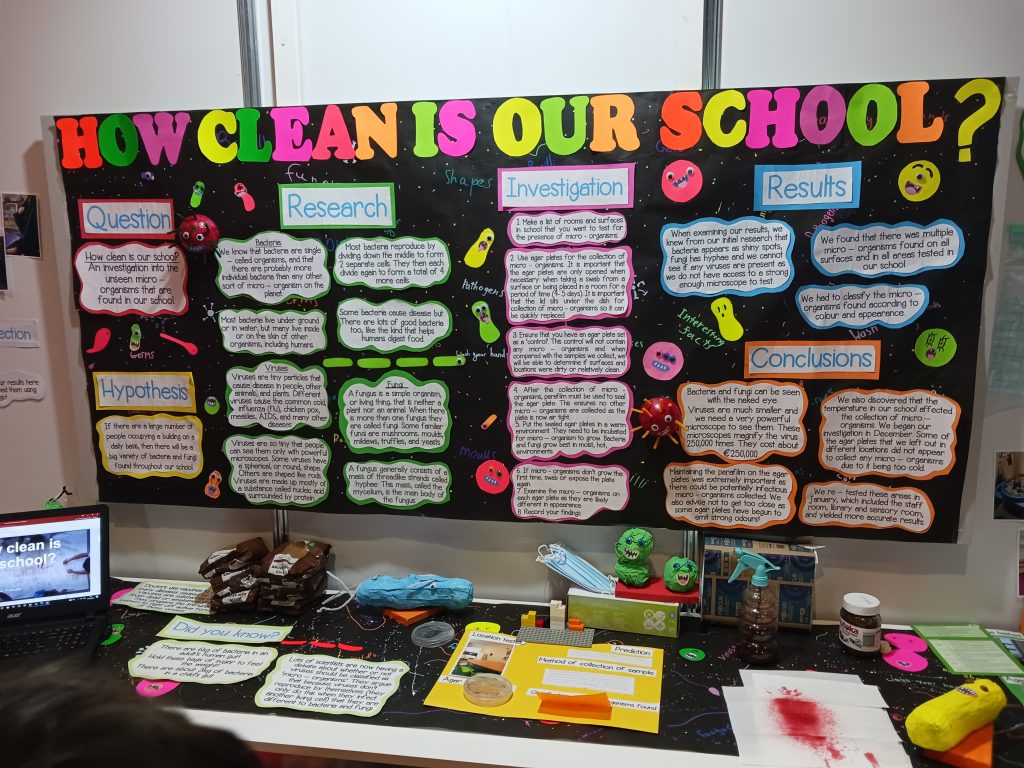
Hypothesis:

If there are a large number of people occupying a building on a daily basis, then there will be a big variety of bacteria and fungi found throughout our school.
Investigation:
1. Make a list of rooms and surfaces in school that you want to test for the presence of micro – organisms.
2. Use agar plates for the collection of micro – organisms. It is important that the agar plates are only opened when necessary: when taking a swab from a surface or being placed in a room for a period of time (4- 5 days). It is important that the lid sits under the dish for collection of micro – organisms so it can be quickly replaced.
3. Ensure that you have an agar plate set as a ‘control’. This control will not contain any micro – organisms and when compared with the samples we collect, we will be able to determine if surfaces and locations were dirty or relatively clean.
4. After the collection of micro – organisms, parafilm must be used to seal the agar plate. This ensures no other micro – organisms are collected as the plate is now air tight.
5. Put the sealed agar plates in a warm environment. They need to be incubated for micro – organism to grow. Bacteria and fungi grow best in moist, hot, environments.
6. If micro – organisms don’t grow the first time, swab or expose the plate again.
7. Examine the micro – organisms on each agar plate as they are likely different in appearance.
8. Record your findings.
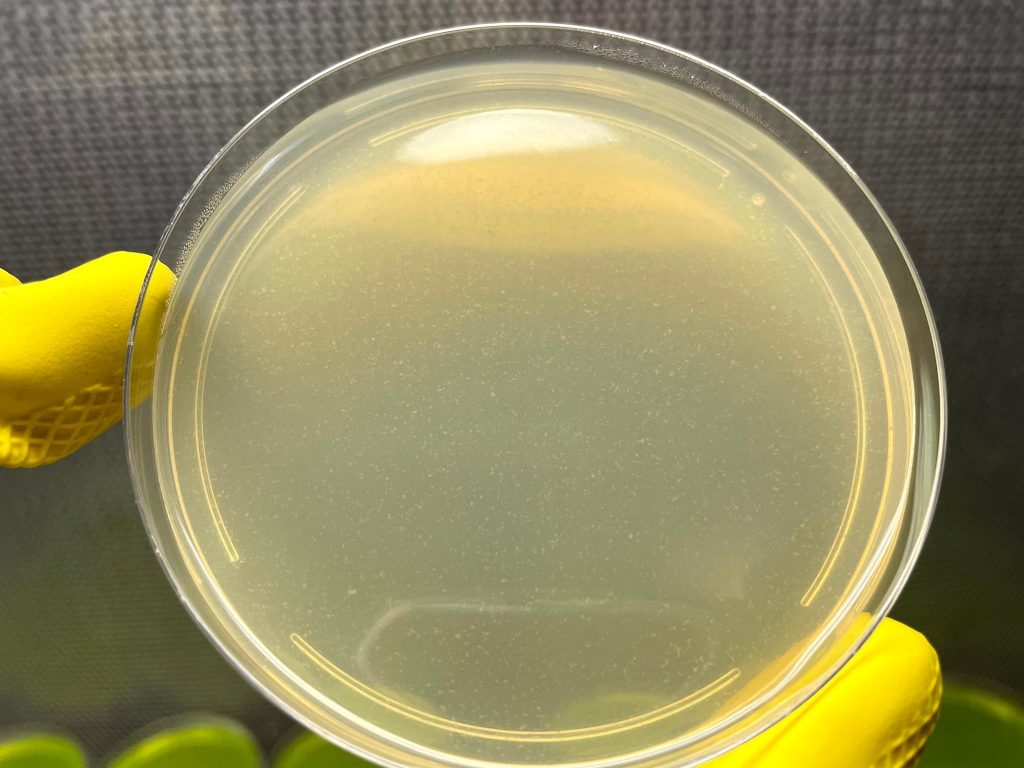
Agar plate – control 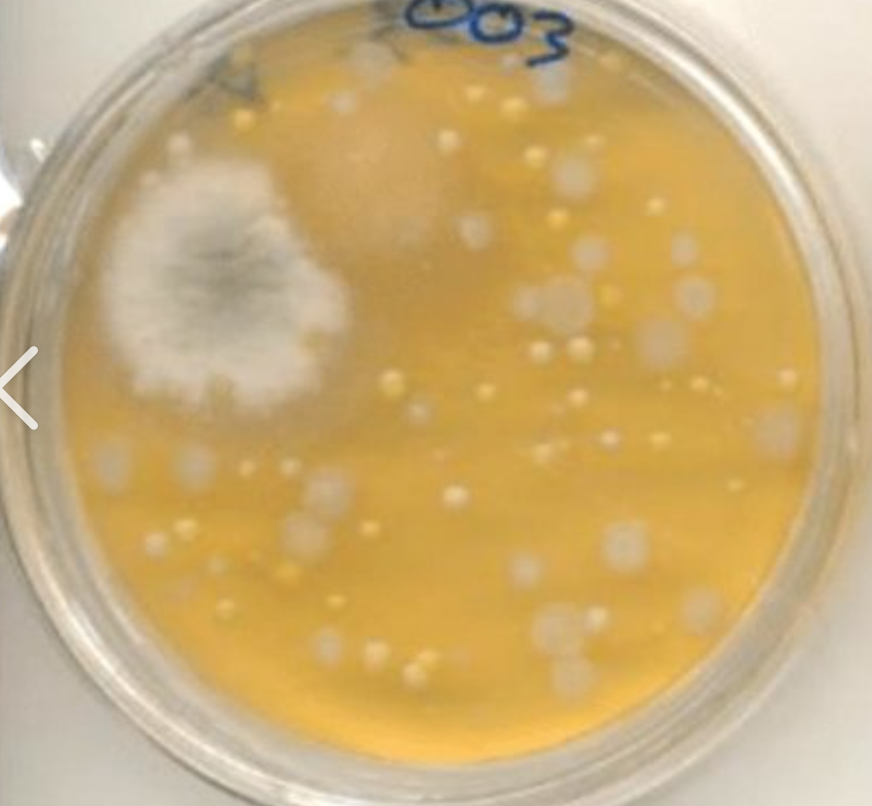
Agar plate – collection of micro – organisms
We were lucky to work with a Science expert while carrying out our investigation and had the opportunity to examine micro – organisms under a microscope. The micro – organisms were magnified 400 times which was amazing to see – bacteria appears as shiny dots, fungi has hyphae and viruses were not visible as we need a much stronger microscope to see them (but they could still be present nonetheless!)
Maintaining the parafilm on the agar plates was extremely important as there could be potentially infectious micro – organisms collected. We also advise not to get too close as some agar plates have begun to emit strong odours!
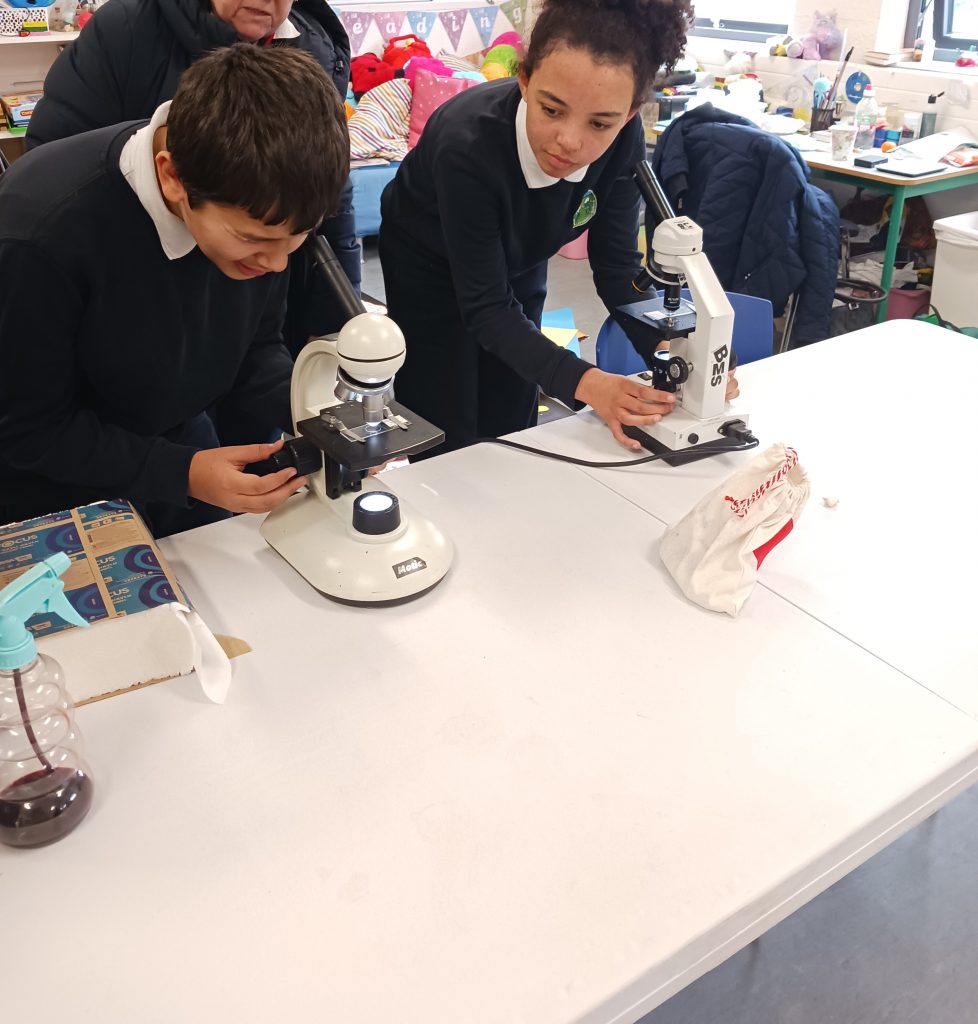
Results:
After we collected our agar plates and incubated them to ensure a suitable environment for the growth of micro – organisms, we had to count our results! This required great patience and teamwork to ensure accuracy! We classified the micro – organisms according to appearance and colour. We graphed our results using Lego which we found worked as a clear visual for us.
Our agar plates yielded great results! We can confirm that there are a variety of micro – organisms to be found everywhere in our school (and probably every school!)
During the course of our investigation we also found out some fun facts…
- There are 6kg of bacteria in an adult’s human gut! There are about 3kg of bacteria in a child’s gut.
- Lots of scientists are now having a debate about whether or not viruses should be classified as ‘micro – organisms’. They argue that because viruses don’t reproduce by themselves (they only do this when they infect another living cell) that they are different to bacteria and fungi.
- Bacteria and fungi can be seen with the naked eye. Viruses are much smaller and we need a very powerful microscope to see them. These microscopes magnify the virus 250,000 times. They cost about €250,000.
What would we change/ keep in mind if we carried out this investigation again:
We discovered that the temperature in our school affected the collection of micro – organisms. We began our investigation in December. Some of the agar plates that we left out in different locations did not appear to collect any micro – organisms due to it being too cold.
We re – tested these areas in January, which included the staff room, library and sensory room, and yielded more accurate results.
